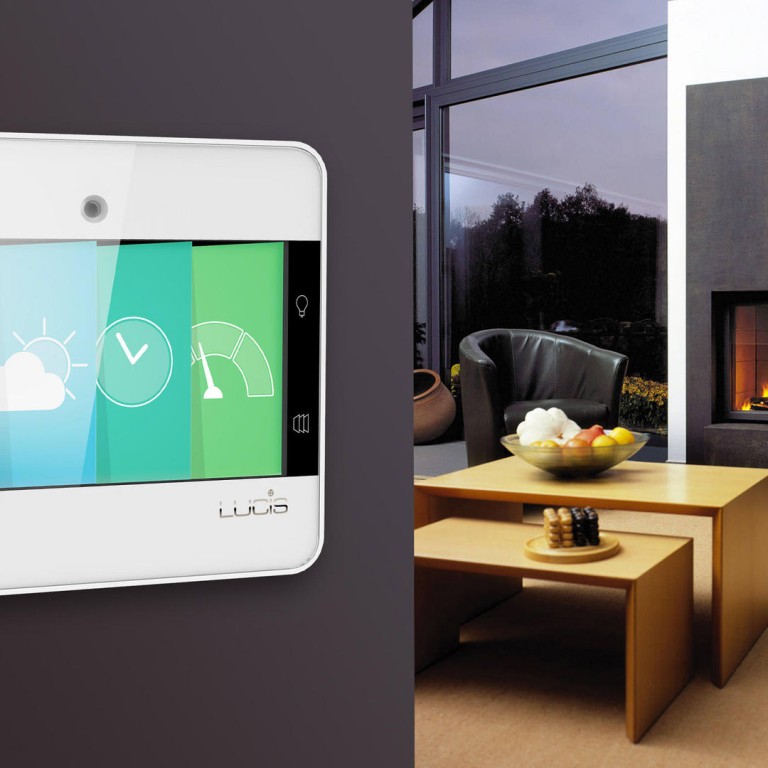Smart homes provide convenience and sustainable living

The use of integrated intelligent technology, systems and appliances provides convenience and quality living
From rainwater harvesting to hydroponic gardens, remotely controllable home appliances to alterable furniture and storage, homes today are certainly becoming smarter and more intuitive. According to experts, however, it's not just about buying the latest gadget or installation; today's home is about customisation and synchronicity - including features that enhance the homeowner's life while also improving the design aesthetic.
"As the world rapidly changes, our ability to predict future needs becomes increasingly limited," says award-winning Australian architect Andrew Maynard. "Quite simply, our homes need to be adaptable so that they can adjust to technological and environmental change."
Known for his futuristic, eco-friendly designs, Maynard believes that we should be doing more with less and, wherever possible, we should aim for self-sufficient, off-grid homes, as this benefits our environment and us.

Positioning windows, doors and spaces correctly, and keeping in mind plans for possible expansion or modification - turning a study into a nursery, for instance - are also important considerations.
"When designing a home, I think about the sun. I try to make all of the shared spaces - dining, kitchen, living and study, face the sun and garden. Utility spaces and bedrooms can occupy areas away from the sun. Architects need to get these basic principles right. You can add technology wherever you wish. However, if you get the orientation wrong, then you've made a critical mistake that you can't change," Maynard says.
He also suggests that homeowners start thinking about items such as solar panels, power points and optic cabling for communications and IT before they design their homes. "Our homes need to be technological agile," he says.
But technology also brings a certain amount of extra clutter - gadgets, remote controls and wiring, therefore designers need to make furniture that conceals things better. "No one wants to see power points and cables. Designers need to think about where to hide them without making them difficult to access. It takes a lot of effort to make something look effortless," Maynard says.
One brand that has done a good job making their designs look effortless is German luxury kitchen brand Bulthaup, which specialises in tailor-made installations.
"Today's digitised, globalised world is marked by an ever-growing desire for personal growth and authenticity. People are on a quest for emotional experiences and individuality," says Marc Eckert, CEO of Bulthaup, who addresses this need through customisation.


